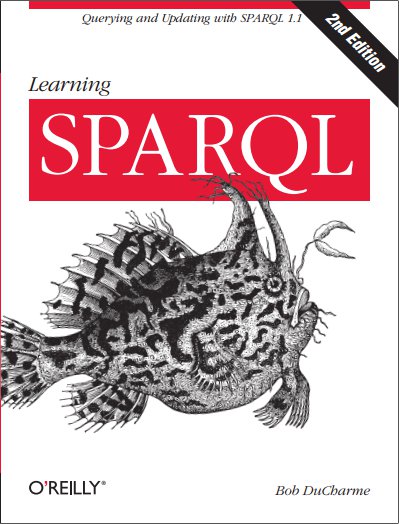Since I first wrote on sending DBpedia SPARQL queries about Bart’s blackboard messages at the start of Simpsons episodes, I’ve learned a lot more about SPARQL (reading the spec helped) and I wanted to walk through some of the things I’ve learned by expanding on and refining my original query.
In an August 19th interview with Jon Udell, David Huynh of Freebase (and formerly of MIT’s Project Simile) introduced his Freebase demo by describing a hypothetical query to a database asking for presidents’ ages when they are inaugurated and whether there’s a trend that we’re getting younger presidents. Jon replies:
My main goal for doing a SPARQL query against XBRL data was to be able to pull out the same bit of information from multiple companies’ reports at once, and it turned out to be much less work than I thought it would be. Here is the result of my query for interest expense figures across several companies:
Although he doesn’t describe it in linked data terms, a recent posting from Dean Allemang has some great suggestions for how to dive into a set of SPARQL-accessible data you know nothing about in order to find out what’s there. If there’s cool stuff in the data set, this is a lot of fun. (Also check out the recent Talking with Talis with Dean, where he describes many examples of semantic web technology helping large organizations solve very real problems.)
DBpedia, as its home page tells us, “is a community effort to extract structured information from Wikipedia and to make this information available on the Web.” That’s “available” in the sense of available as data to programs that read and process it, because the data was already available to eyeballs on Wikipedia. This availability is a big deal to the semantic web community because it’s a huge amount of valuable (and often, fun) information that the public…
constructforwd.rq works, so if I can’t get the INSERT version to work just import from constructed triples.

